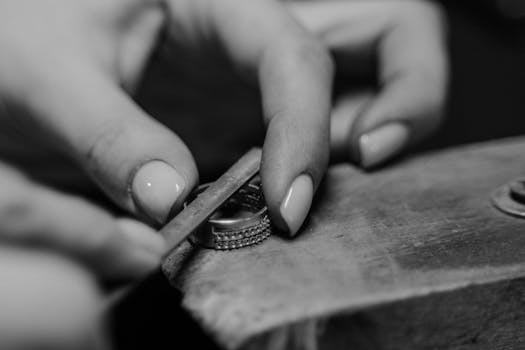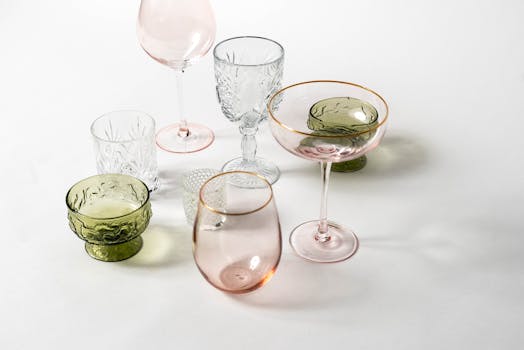
Takeaways
- Sustainable jewelry is gaining traction as consumers become more environmentally conscious.
- Eco-friendly designs often use recycled materials and ethically sourced gemstones.
- Brands focusing on sustainability are reshaping the jewelry industry by prioritizing transparency and ethical practices.
- Supporting sustainable jewelry brands contributes to environmental protection and fair labor practices.
Sustainable Jewelry: The Rise of Eco-Friendly Designs

The Significance of Sustainable Jewelry

By choosing sustainable jewelry, consumers not only adorn themselves with beautiful pieces but also support practices that protect the planet and promote social responsibility. This conscious consumerism is influencing the way jewelry is designed, produced, and marketed. Brands that prioritize sustainability are often transparent about their sourcing and manufacturing processes, allowing consumers to make informed choices.
Moreover, the rise of sustainable jewelry aligns with a broader societal shift towards ethical fashion. Consumers are increasingly interested in the stories behind the products they buy, seeking brands that resonate with their values of sustainability and ethical practices. This change is not merely a trend but a movement towards a more responsible approach to fashion and adornment.
Trends in Eco-Friendly Jewelry Design

Another popular trend is the incorporation of ethically sourced gemstones. Brands are increasingly transparent about their supply chains, ensuring that their stones are obtained without contributing to conflict or environmental degradation. This commitment to ethical sourcing has led to the rise of lab-grown diamonds and gemstones, which offer a sustainable alternative to traditional mining practices.
In addition to materials, sustainable jewelry often embraces innovative designs that celebrate minimalism and craftsmanship. Many designers focus on creating timeless pieces that stand the test of trends, encouraging consumers to invest in quality over quantity. This approach not only reduces waste but also promotes a more thoughtful and intentional mindset towards fashion consumption.
Furthermore, upcycling has become a significant aspect of sustainable jewelry design. Artisans and brands are creatively transforming old or discarded materials into new, unique pieces, giving them a second life. This practice not only minimizes waste but also adds a significant story and character to each piece, making it more meaningful for the wearer.
The Impact of Sustainable Jewelry on the Environment and Society

Moreover, sustainable jewelry brands often prioritize fair labor practices, ensuring that artisans and workers receive fair wages and work in safe conditions. This commitment to ethical practices not only uplifts communities but also fosters a sense of global responsibility among consumers. By supporting sustainable brands, consumers contribute to a more equitable and just industry.
As the demand for sustainable jewelry grows, more brands are emerging with a focus on environmental and social responsibility. This surge in eco-friendly designs is not just beneficial for the planet; it also reflects a broader cultural shift towards sustainability in all aspects of life. Consumers are increasingly seeking out brands that align with their values, leading to a more conscious approach to consumption.
In conclusion, the rise of sustainable jewelry marks a significant shift in the fashion industry. As designers and brands embrace eco-friendly practices, consumers are given the opportunity to make choices that reflect their values and contribute to a healthier planet. Sustainable jewelry is more than just an accessory; it represents a commitment to a better future for both people and the environment.






